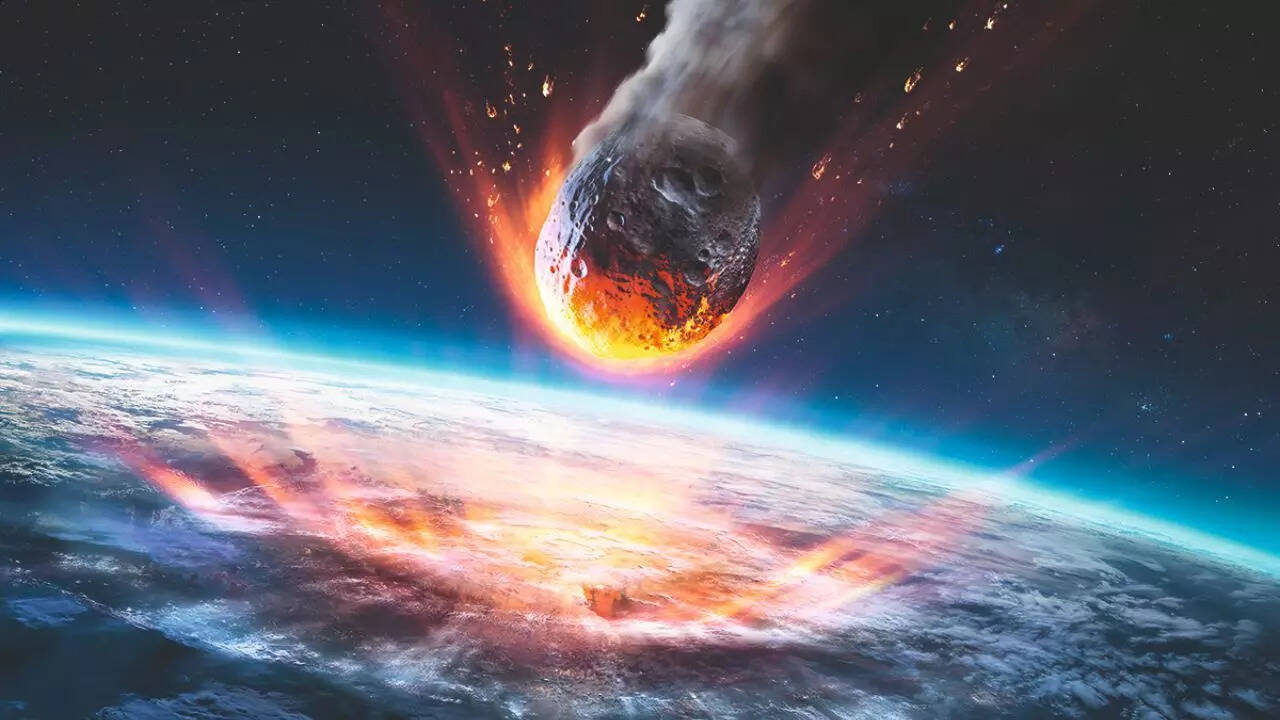NASA warns! 280-foot asteroid 2025 MA90 to make close Earth flyby today at 20,263 mph; here’s what you must know

Science challenges myths as eggs may choose sperm, psilocybin shows anti-aging promise, but beekeepers face mounting threats from winter losses and new dangers.

All major sources, one page
Feel the mood behind headlines
Know what’s trending, globally
Get summaries. Save time
8,713
115
204
an hour ago
Stay sharp in 60 seconds. Get concise summaries of today’s biggest stories — markets, tech, sports, and more
All major sources, one page
Feel the mood behind headlines
Know what’s trending, globally
Get summaries. Save time
8,713
115
204
an hour ago
Stay sharp in 60 seconds. Get concise summaries of today’s biggest stories — markets, tech, sports, and more